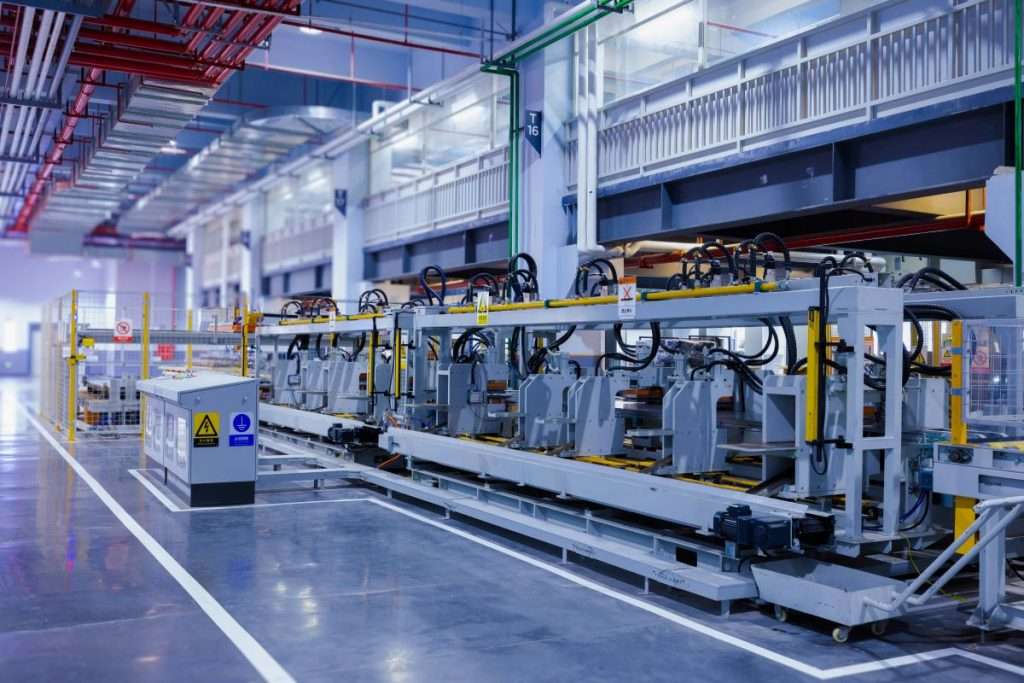The manufacturing sector experienced a significant slowdown in August, with production levels dropping to their lowest since the onset of the COVID-19 pandemic. The Institute for Supply Management’s August PMI showed a slight increase to 47.2% from July’s 46.8%, indicating an ongoing economic contraction. The decline in new orders and production contributed to the overall index’s decrease, with the production index falling to its lowest level since May 2020.
Inventory Surplus and Staffing Reductions
A mismatch in supply and demand timing led to a continued increase in inventories, as new orders declined. The diminishing backlog of orders has led to a decrease in production, resulting in layoffs and workforce reductions. Despite the challenges, inputs overperformed in August, according to Timothy Fiore, chair of the ISM’s Manufacturing Business Survey Committee.
The Impact of Economic and Political Factors
Elevated interest rates have curtailed capital investments over the past two years. However, Fiore does not anticipate any significant short-term impact from the expected Federal Reserve cuts in September. Instead, he predicts major changes will occur post the U.S. presidential election. The S&P Global PMI August report showed a decrease in production for the first time in seven months, with new orders reducing at a rate not seen since June 2023.
The Road Ahead
The combination of falling orders and rising inventory presents a gloomy outlook for production trends, reminiscent of the global financial crisis. The decrease in demand has allowed manufacturers to deplete their backlogs of work for the 23rd straight month, increasing the inventory of finished products. This scenario has further soured the short-term outlook, with some companies showing a reluctance to commit to new projects due to the fall in demand.





